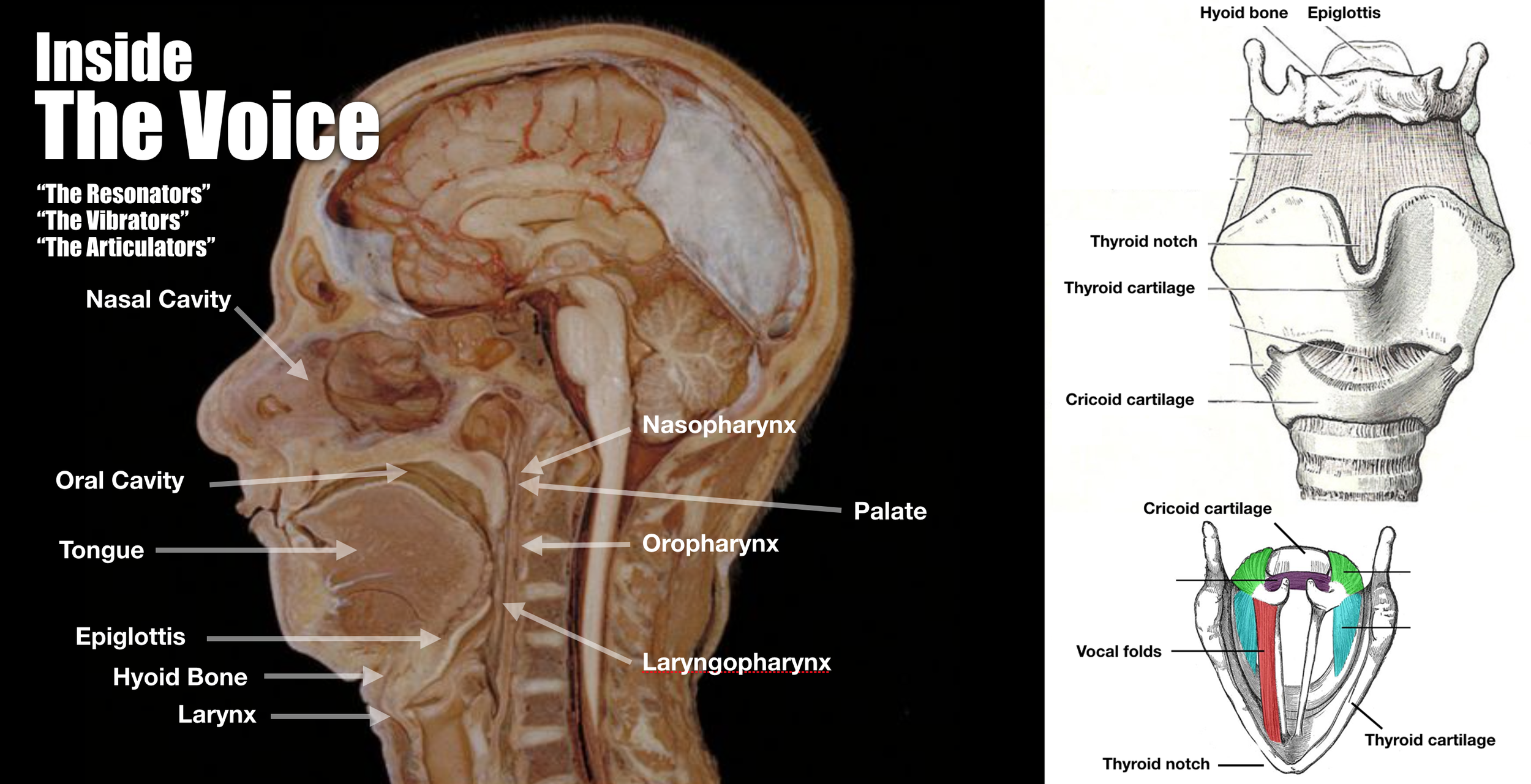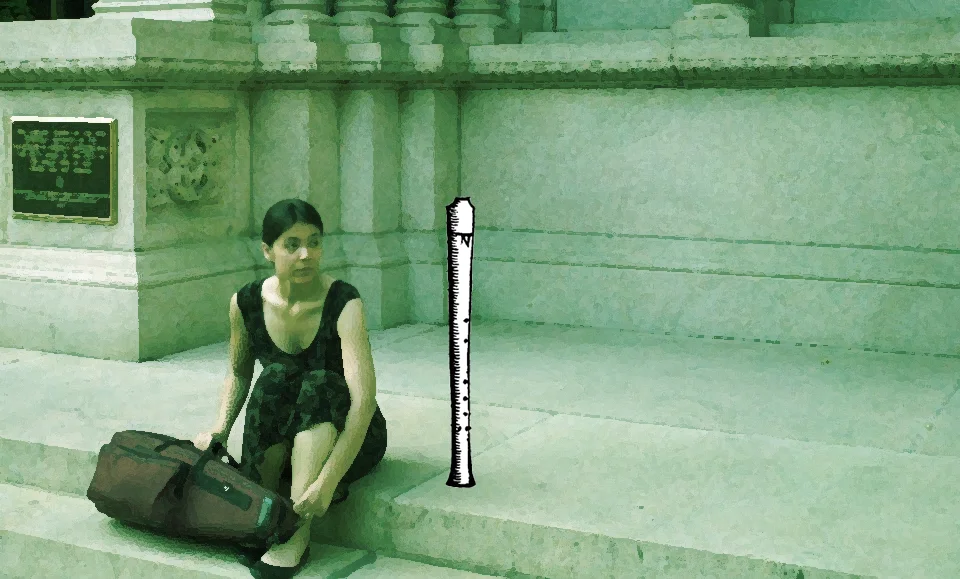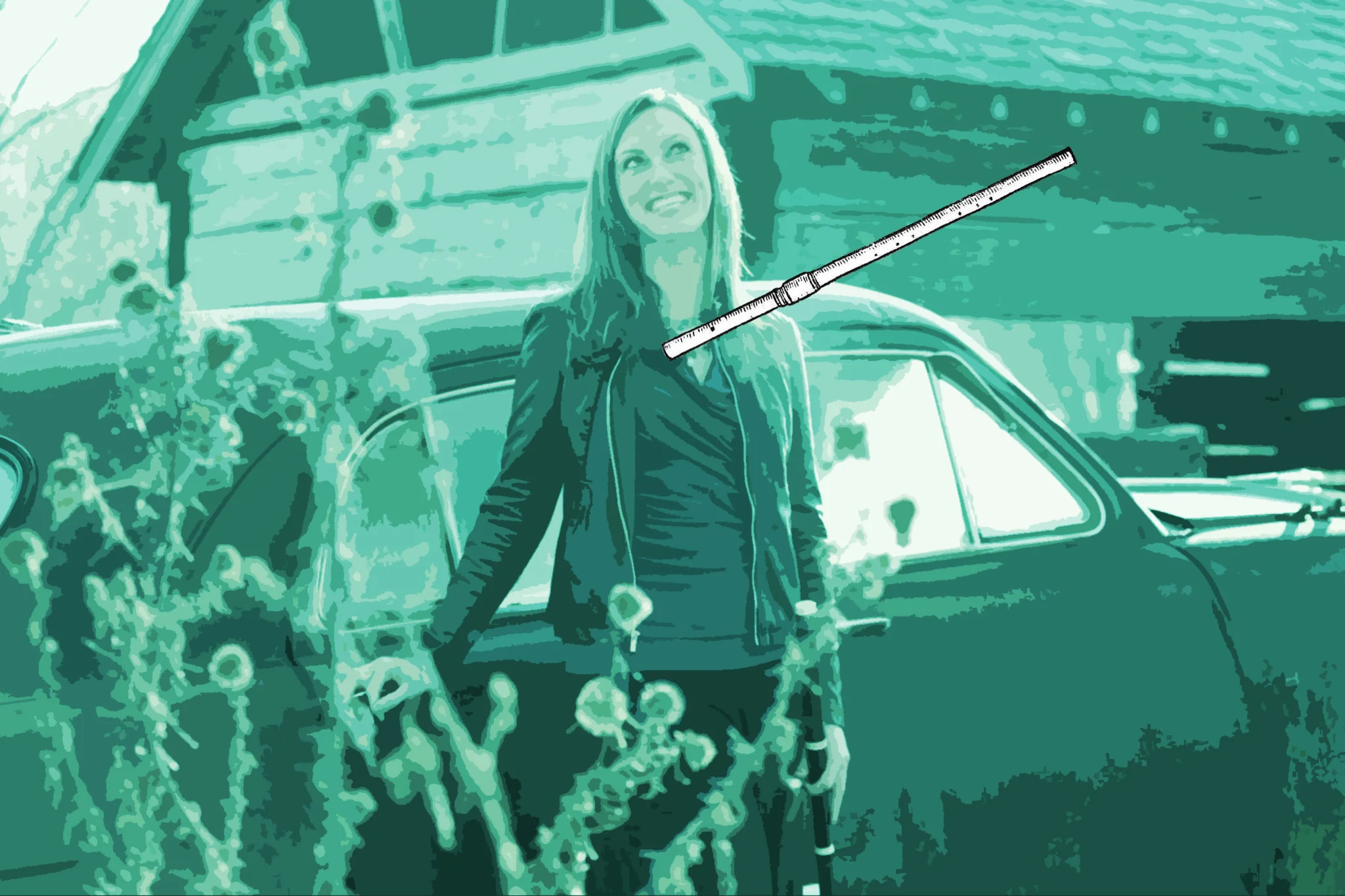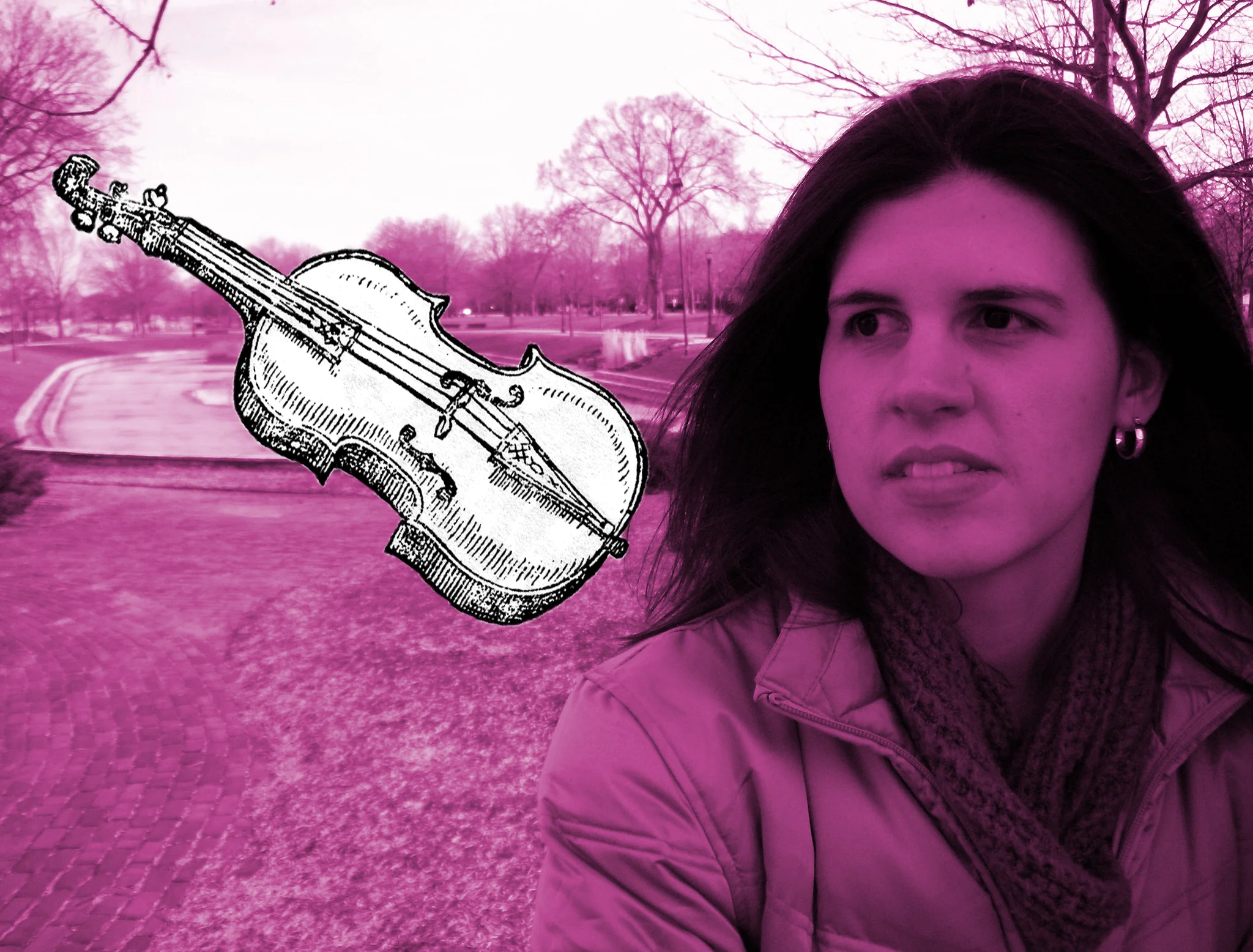Hey! When you're done reading this blog post, head to
to find out more and purchase tickets!
Everyone has one and uses it, but there are few who can *really* make it sing. I'm talking about the human voice. It's every instrumentalist’s goal to sound like one, and possibly every instrumentalist’s closet dream to be a vocalist or on American Idol.
Fun Fact: Both our singers - countertenor Thomas Alaan and soprano Alexandra Olsavsky - have instrumental backgrounds! Alex teaches piano, and Thomas has a degree in saxophone.
Heard but Unseen
Unlike other instruments, the voice is mostly on the inside of the body, so it can be a bit tricky to teach or learn it. But like a violin, singing is a set of skills that anyone can refine and improve. But whereas a flute teacher may tell a student to press down a certain set of keys using certain fingers, teaching voice isn't quite as codified, and techniques for teaching (and singing) vary significantly from teacher to teacher, and from tradition to tradition.
What's Going On Inside
A really easy way to think about the voice as an instrument is to divide it into four areas: 1) the resonators, 2) the vibrators, 3) the articulators, and 4) the motor.
Screenshots of Thomas and Alex's incubator presentation to the composers. There are so many moving parts!!
Your resonators are the open spaces (cavities) in your nose, mouth, and throat. Singers learn to open and close the different spaces to create more or less sound, and to create different qualities of sounds. For instance, a common mantra singers will hear - maybe you have, too - is to “lift the soft palate." In doing so, the singer closes off the nasal cavity so the sound doesn't sound nasal. (Go figure.)
The articulators help shape sounds into vowels and consonants. You know these very well; they are your tongue, teeth, and lips. Classically trained vocalists in the Western tradition usually sing in many European languages, so they learn subtle differences in the way the articulators are used to help better pronounce those linguistic differences in rhythm, intonation, and accent.
Baritone Michael Volle performs Wagner during an MRI
Your vibrators are your "vocal chords" or "vocal folds," which are two strips of tissue in your voice box, or "larynx." We think of them as a way to talk, but they also keep objects, like food, from getting into our lungs! They can elongate and shorten to create lower and higher pitches, but unlike a keyboard instrument, where longer strings produce lower tones, longer chords mean higher pitches.
Female vocal cords vibrate during a stroboscope
Your motor is your set of lungs, and they pump the “fuel," i.e. air, through the vocal folds to create the sound. I'm sure you've heard "breathe from your diaphragm." That's really simplistic! It's fascinating to note that the lungs are attached to the ribcage on all sides, and it's really the ribcage that controls most of the expansion, and controls the air flow out of the lungs, through the vibrators, into the resonators, and past the articulators.
The lungs - in full bloom!
Fun Facts
Castrati - men who were castrated before puberty and raised as singers - were the best singers of the Baroque era. As a result of their castration, their bones remained more elastic, and because of their extensive training as singers, they developed much bigger chests from breathing. That bigger frame meant amazing air capacity!
A famous sketching of the castrati Senesino (far left) and Berenstadt (far right) performing in Handel's opera, Flavio. The poor soprano, Francesca Cuzzoni, was dwarfed not only by their stature, but probably their egos!
Ubiquitous but Unique
For as many uniquely handcrafted violins as there are, there are exponentially more unique human voices — 7.6 billion according to the most recent United Nations estimate. I know for certain there are not 7.6 billion violins floating around! It’s safe to say that there is much more variance between voices than between instruments.
There are many options for characterizing a voice. At least in Western classical music, the system of placing voices into cookie cutter models of what they "should" sound like and what they "should" do has become more standardized, but that was not always the case! One of the most common ways to characterize voices is by range, which wasn’t so fixed during the Baroque period as it is today. In fact, the expectation of singers back then usually involved a wider range compared with what we expect today. Other ways to categorize the voice are by color or "timbre," weight, and agility — how fast it can move between notes.
Learn more about sopranos in this video by the Lyric Opera, but check out their other videos which explain the other voice types!
You can certainly attest to this when you listen to singers. Some singers have very bright voices and some have more mello tones. Some are light and agile, and others are heavy and loud. If you’ve ever seen the Mozart opera, Marriage of Figaro, we like to call sopranos either Susannahs. ;)
Music and Lyrics
Alex and Thomas (re)create the roles of Peggy and Patie in the BBE's 2016 production of Ramsay's Scottish opera, The Gentle Shepherd, last seen in North America in 1798.
During the Baroque or Classical periods, composer often had a particular diva (or divo!) in mind when they were composing vocal works, and because of that they knew exactly how to fit a vocal line to a singer "like a glove." In Chicago Stories, the composers were again writing for very specific singers - Thomas and Alex - so the opportunity to really show off their "money notes" was apparent.
Singers almost always deal with lyrics, so text setting in music is extremely important for composers to consider. For instance, can they sing and be understood in certain parts of the range, like really high? Because text has strong and weak syllables (e.g. MU-sic, AIR-plane, TE-le-vi-sion, etc.), another consideration a composer has is how to match those stronger and weaker syllables with stronger and weaker beats in a melody or meter. The object is to make the music, specifically the text, as close to being naturally spoken as possible. In Chicago Stories, you’ll hear that the composers set three languages - English, Spanish, and Assyrian - as well as a style where the singer only sings on a vowel, called a"vocalise."
CHICAGO STORIES BLOG
Join BBE Artistic Director, Brandi Berry, as she explores the instruments, people, and stories being the project through our blog series!
